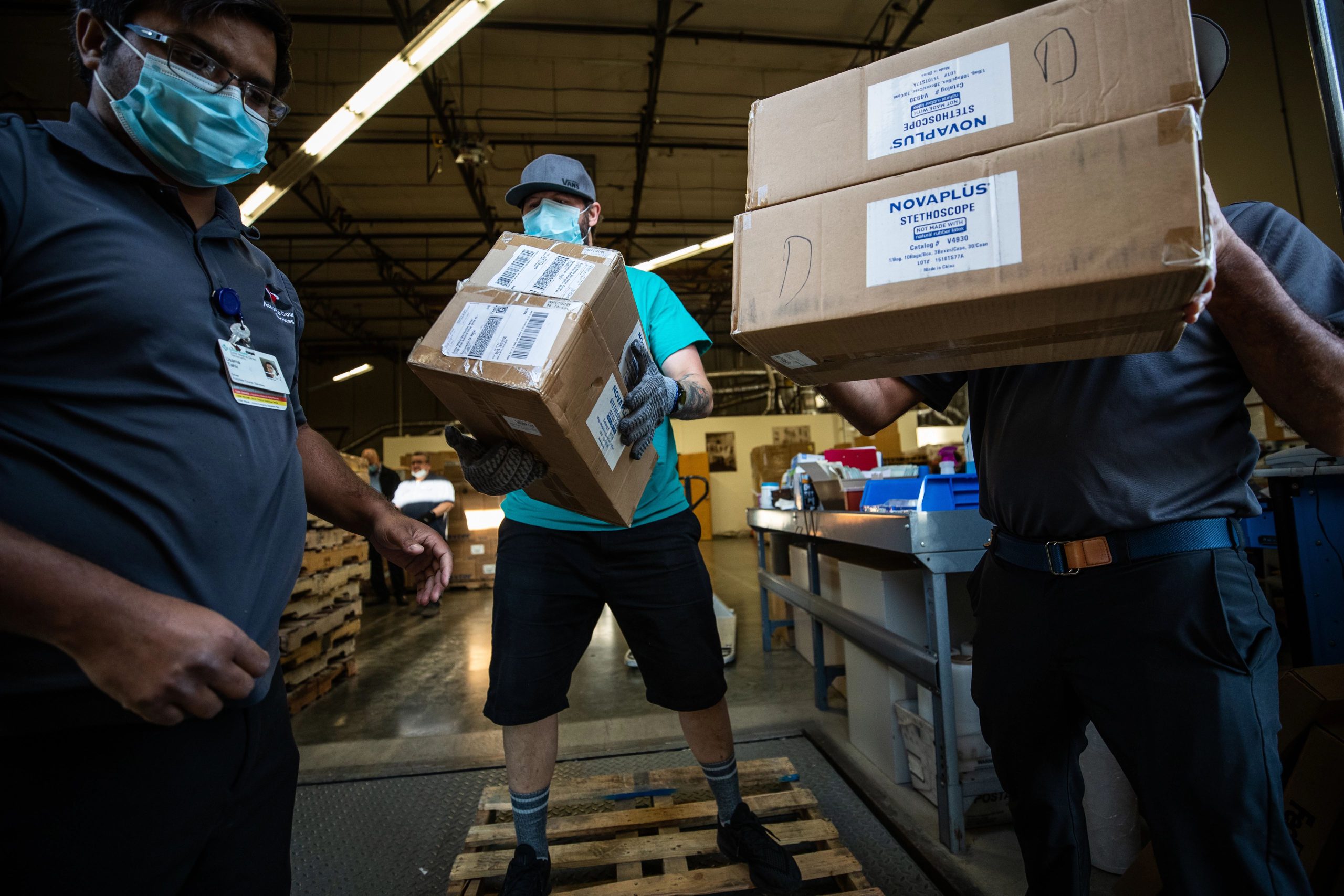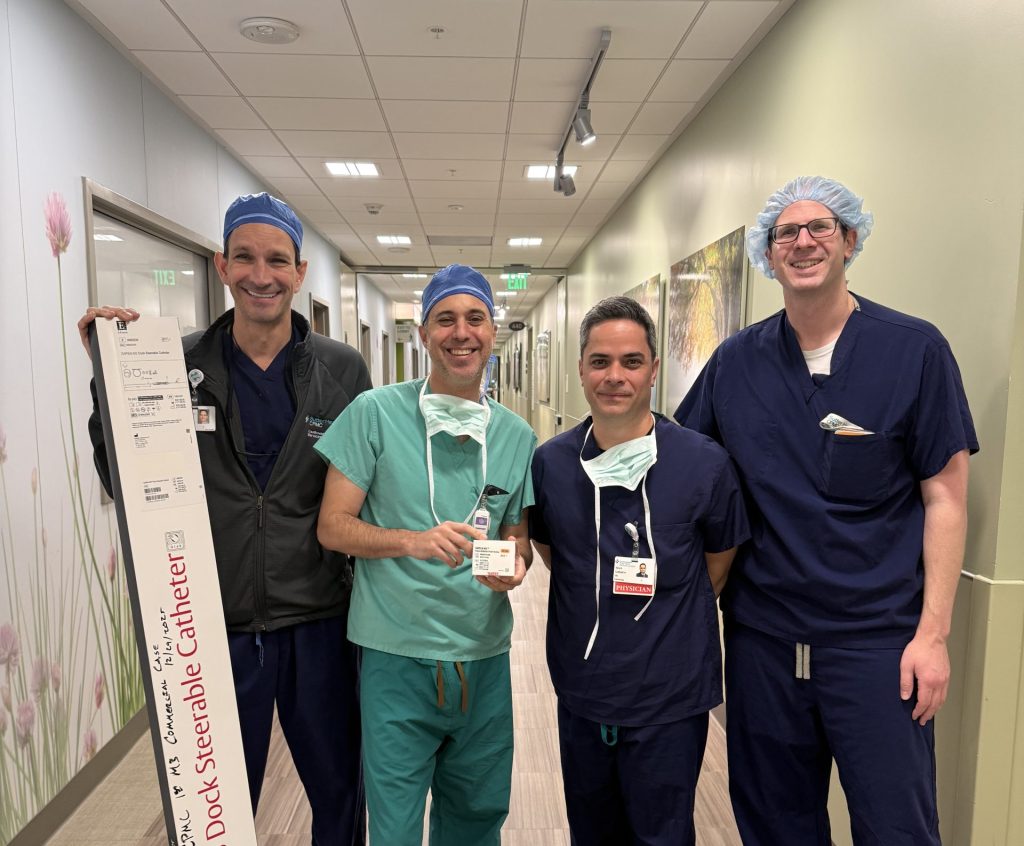By Marycon Young, Vitals contributor
In the early days of COVID-19, an unprecedented demand for personal protective equipment underscored new complexities in health care supply chain management.
Sutter Health, an integrated system in Northern California, responded by having their supply chain operations assemble a unique “tiger team.” And while not exactly “rocket science,” their actions were shaped by it. Inspired by NASA’s creative problem-solving approach, Sutter’s tiger team brought together various experts to solve or investigate specific problems or critical issues specific to the pandemic.
“With the initial tiger team, the task was twofold—find ways to secure product and manage supply disruption in an entirely new context,” said Josh Long, supervisor for Sutter Health’s stock control team. “This experience laid the groundwork for us to establish a stock control department—a strategic hub designed to manage and mitigate supply disruptions proactively.”
How Does the Stock Control Team Mirror NASA’s Tiger Team Strategies?
The stock control team is comprised of three groups—medical supply buyers, analysts and logistics. The medical supply buyers focus on procuring supplies. Analysts delve into demand planning and contractual changes. Logistics experts oversee system operations, including the running of Sutter’s Sacramento-based warehouse. This warehouse also forms the core of its disruption management strategy, containing disrupted items and maintaining a 90-day supply of PPE in accordance with OSHA requirements.
In the face of product disruptions, the team implements various strategic initiatives that are similar to NASA’s “tiger team approach”— from sourcing alternate products to performing spot buys with manufacturers to bypass distributors. They also work with third-party distributors with available inventory.
“Having redundant processes, a business continuity plan and a strong professional culture helps sustain resilient operations, where customers and stakeholders never even realized there was a problem to begin with,” said Lee Ayers, senior director of Sutter Health’s supply chain operations.
Read the story as it appeared in Becker’s Hospital Review
Last year, a well-known vendor of surgical tourniquet cuffs experienced a shortage in special packaging that contained the cuffs and that is often used for other items requiring sterilization. Many healthcare systems like Sutter Health were challenged with finding an alternative vendor. After assembling a tiger team to tackle this issue, these professionals were able secure surgical tourniquet cuffs that were FDA approved from a company in Sweden. Similarly, the team found a clinically approved alternative for a particular sterile drape often used for procedures inside neonatal intensive care units.
The team also uses a predictive backorder report that keeps tabs on inventory levels to flag potential shortages. Additionally, an orders management portal helps keep tabs on backorders, canceled lines and possible substitute availability, enabling requestors to make informed decisions and avoid product delivery delays.
“I do believe we’ve created a truly out-of-this-world structure that enables us to respond rapidly with tremendous resilience,” said Candice O’Brien-Dominguez, supervisor for Sutter Health’s stock control team. “Our dedicated and proactive approach can be seen as an industry benchmark. It amplifies our capacity to navigate unpredictable scenarios and help maintain seamless healthcare delivery, even in a post-pandemic world.”





